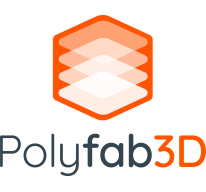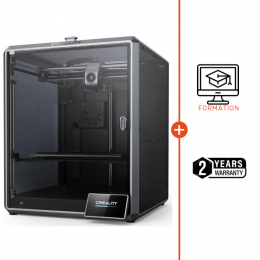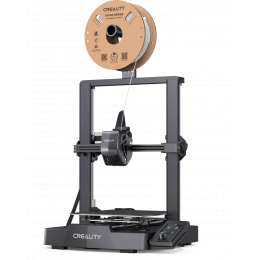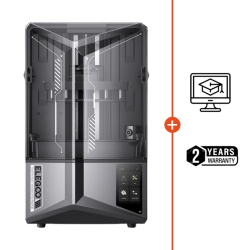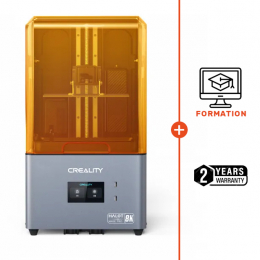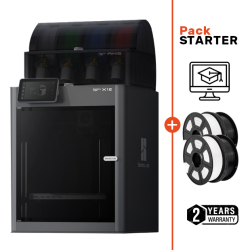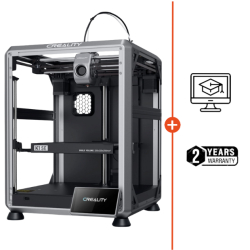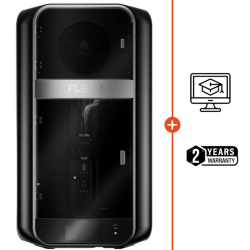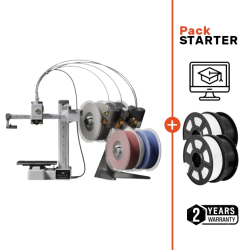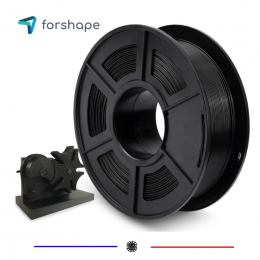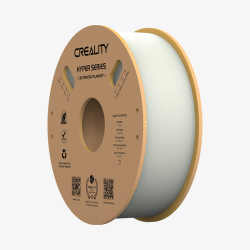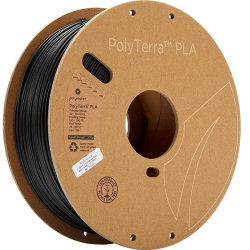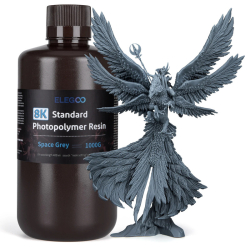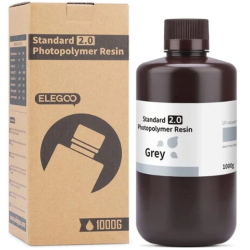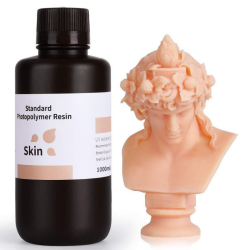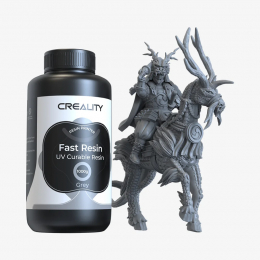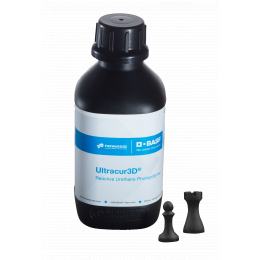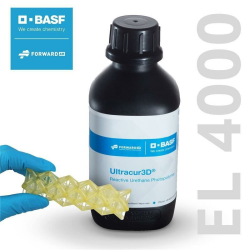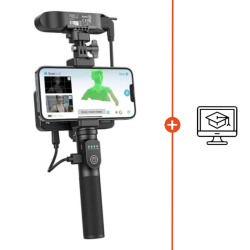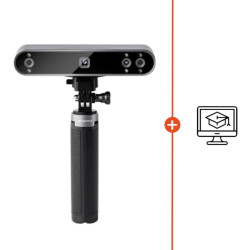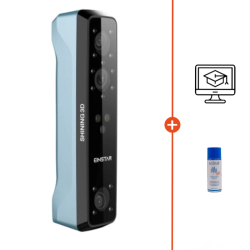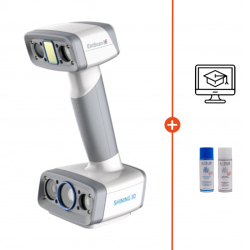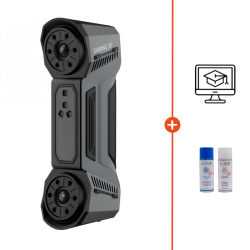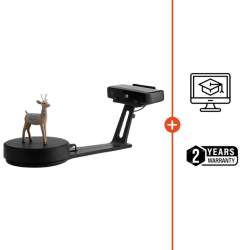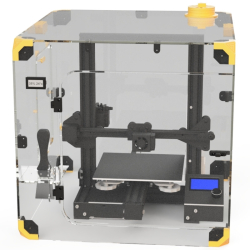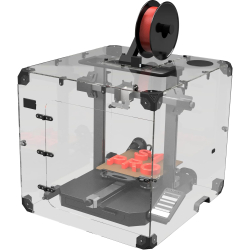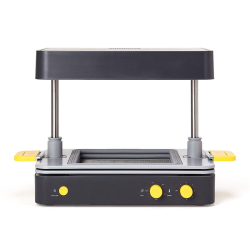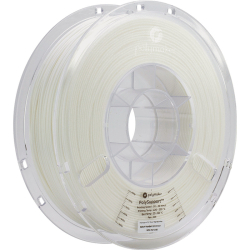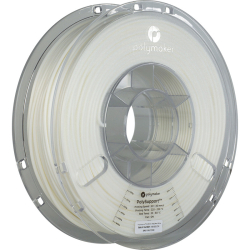- 👨🔧 Premium After-sale service
- 🚚 Free delivery from €39.90
- 📦 Return under 14 days
- ✉️ Customer service
Filament PVA / BVOH / Breakaway
Active filters
Filament PVA / BVOH / Breakaway
PVA or BVOH filaments are highly specific 3D filaments. They are used on dual extrusion printers as support structure materials.
Soluble in water (PVA and BVOH) or easily detachable for the "breakaway" range, these support filaments offer the possibility to greatly improve the appearance of your models that require support. Their solubility also makes it possible to remove supports from areas that are hard or impossible to reach with a tool.
When printing this material, slicing software allows for a dense interface layer in direct contact with the supported area, resulting in more precise and effective deposition on critical zones.
As expected, this soluble support filament is highly sensitive to moisture and must be well protected from ambient humidity. Filament storage solutions, such as the PolyDryer, are important to maintain good print quality and avoid nozzle clogging. In case of infrequent use and exposure, it will be necessary to pre-dry your PVA spool.
PVA (Polyvinyl Alcohol) is environmentally friendly and can be disposed of down the drain without risk. It is recommended to run warm water for a few seconds to prevent clogging in your pipes.
Warm water causes a rapid dissolution of your PVA, which also applies during the post-processing step in water. The dissolution time depends on the water temperature.
Another important factor is water saturation: the cleaner the water, the more effective it will be. Saturated water loses efficiency, so regular water changes are recommended.
What temperature should you use to dissolve your PVA?
The answer isn't so "simple" and actually depends on the material being supported by the PVA. If you're printing PLA and PVA in dual extrusion, you should respect PLA's temperature limits. In this case, lukewarm water at 30–35°C is sufficient.
If you're supporting nylon or TPU, you can increase the water temperature to speed up removal. It's also recommended to use a stirrer to further improve effectiveness. During immersion, PVA turns into a gel and can then be manually removed to help reduce total dissolution time.
Depending on the amount and density to dissolve, expect 2 to 8 hours.
How to choose your soluble support filament?
Your choice of PVA depends on the material to be supported. Compatibility between your PVA/BVOH and the build material is crucial.
Generally, there is good compatibility between PVA support and PLA / TPU / NYLONS. Some versions are also compatible with PETG (e.g. M-PVA).
Using styrenic materials such as ABS or ASA is more complex; we then recommend BVOH, a differently composed derivative with better results.
Should you choose a soluble or non-soluble "Breakaway / PolySupport" support filament?
That depends on your project and your aesthetic needs. If appearance is important, a soluble support is preferable as it avoids leaving marks on the printed part.
For other use cases, such as a functional prototype with complex geometries, a filament like "Breakaway or PolySupport" is perfectly adequate.
It is also more affordable than PVA and easier to remove than standard PLA.

